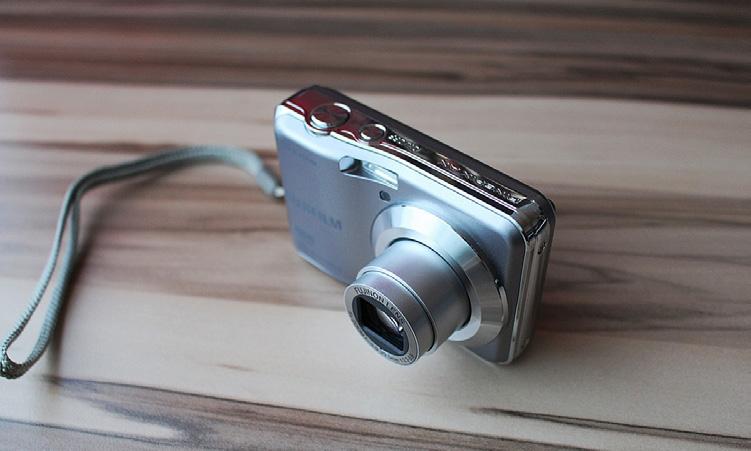
1 minute read
TYPES OF CAMERAS
Members of the point-and-shoot club range from your basic smartphone camera all the way to some pretty fancy versions that share many capabilities of high-end DSLRs. Some have incredible zoom ranges that go way beyond what you could get with a camera that lets you change lenses. They are flexible and extremely versatile.
While it’s difficult to call out “downsides” to these cameras, as they offer so much to a huge audience of photographers, when compared to higher-end categories of cameras they often lack quality. Most often this is quality of the resulting image, but it might also be build quality (i.e., made of cheaper materials, less durable, etc.).
The fundamental reason for this lack of quality has to do with the technology and parts that go into them. For one, they have a smaller sensor. This critical part to any camera is the eye of the camera – it’s what processes and creates the image you see. Having a smaller sensor means they can’t get the same detail, clarity and overall quality of a camera with a larger sensor.
The second component of their tech is that they generally have a more basic computer inside of them. Their ability to process colors, judge light and dark, achieve perfect focus quickly, etc., is a bit hampered by less computing power.
In the end, point-and-shoots are a brilliant category of camera, both for the beginner and seasoned professional alike. What they may lack in high-










